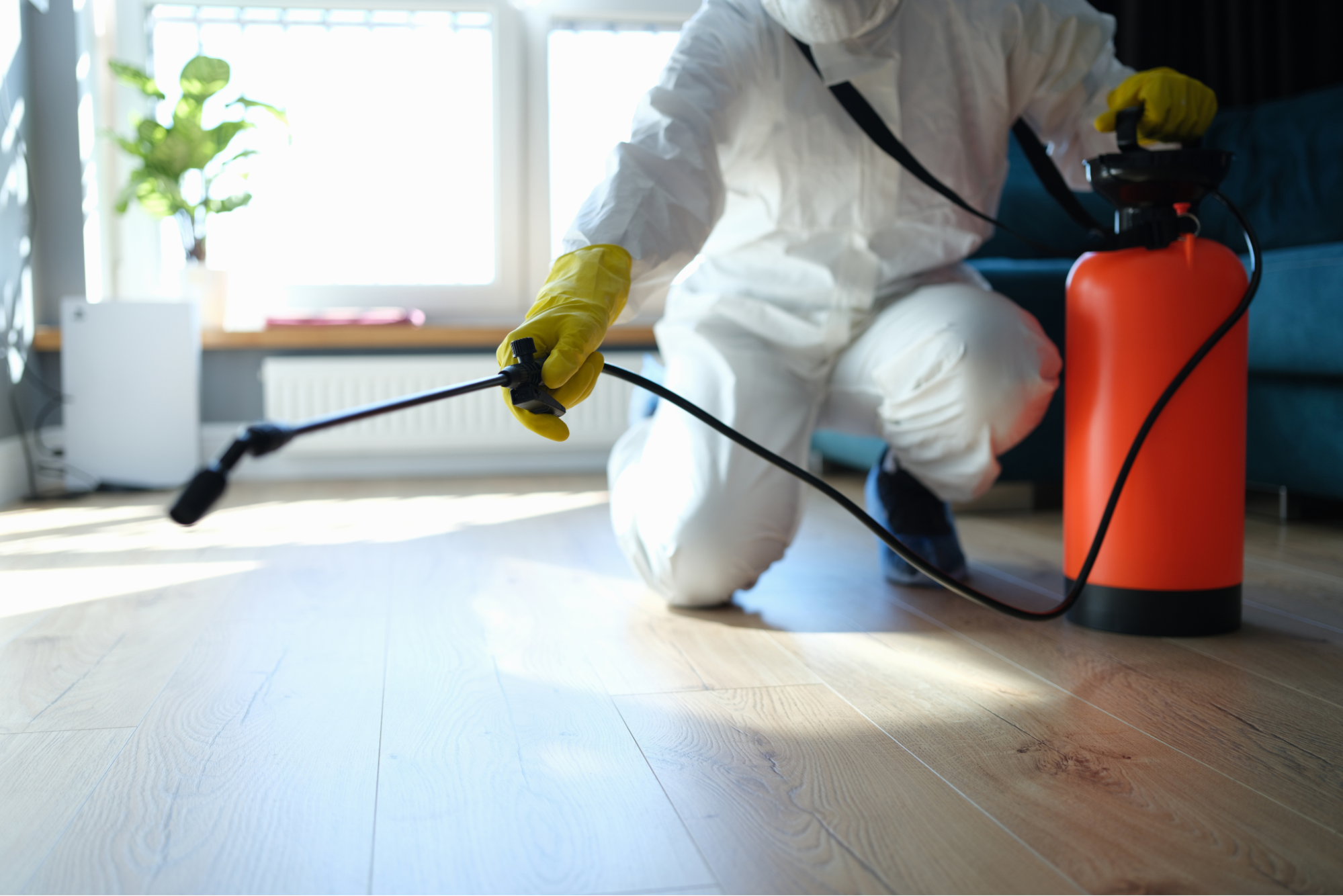Bed Insect Treatment Failure: Comparing Chemical Vs. Non-Chemical Solutions
In the world of insect control, especially when dealing with the relentless issue of bed insects, the selection between chemical and non-chemical treatment options can be a crucial one. Both strategies use distinct benefits and downsides, affecting variables such as effectiveness, safety factors to consider, and total price. By examining the nuanced information of each technique, a clearer understanding of which path to seek in resolving a bed bug problem can be obtained.
Efficiency of Chemical Therapies
Chemical treatments for bed bug infestations have been widely recognized for their quick and potent efficiency in removing these parasites. When thinking about the effectiveness of chemical therapies, it is critical to comprehend that they can provide a extensive and fast remedy to a bed bug issue. Professional pest control operators frequently count on pesticides to target bed insects at numerous phases of their life process, consisting of nymphs, grownups, and eggs. These chemicals commonly function by interrupting the bed pests' anxious system, leading to paralysis and ultimate death.
Moreover, chemical therapies have the benefit of offering residual results, indicating that they can remain to get rid of bed pests even after the initial application. This recurring action is especially advantageous in combating any kind of prospective re-infestations. In addition, the rapid action of chemical therapies can bring relief to individuals encountering severe bed bug problems, enabling them to reclaim control of their home swiftly.
Safety Worry About Chemical Solutions
One crucial facet that requires mindful consideration when utilizing chemical remedies for bed insect therapy is guaranteeing the safety and security of passengers and the environment. Direct exposure to certain chemicals utilized in bed pest therapies can lead to respiratory concerns, skin irritation, or other damaging reactions, specifically in individuals with pre-existing conditions or level of sensitivities.
Furthermore, the ecological impact of chemical options is another considerable factor to consider. Some pesticides utilized in bed pest therapies might be unsafe to useful pests, wildlife, and ecological communities if they leach right into the dirt or water supply. It is necessary to utilize chemical treatments sensibly, complying with safety and security standards, and thinking about much less poisonous alternatives to reduce these dangers and make certain the efficient and risk-free administration of bed pest problems.
Advantages of Non-Chemical Approaches
Taking into consideration the possible security concerns and environmental impact connected with chemical solutions for bed insect treatment, checking out non-chemical strategies offers a promising alternative with several distinctive benefits. Non-chemical therapies are environmentally pleasant, as they do not add to air or water pollution, making them a lasting choice for bug control.
Additionally, non-chemical remedies can be efficient in targeting bed pests, including hard-to-reach locations where chemical treatments may not pass through. Methods such as warm therapy, vacuuming, steam cleansing, and mattress encasements give complete obliteration without using damaging chemicals. In addition, non-chemical methods can be much less disruptive, calling for minimal preparation and permitting quicker reentry right into treated locations. On the whole, opting for non-chemical bed insect treatment approaches not only prioritizes security and ecological security yet also guarantees effective and thorough insect control.
Limitations of Non-Chemical Treatments

Furthermore, non-chemical treatments frequently need several applications to attain successful elimination. This can be taxing and might not always guarantee complete removal of all bed pests and their eggs, click here for info specifically in hidden or hard-to-reach locations.
Additionally, the success of non-chemical therapies greatly relies upon correct implementation and thoroughness, which can be challenging for individuals without expert proficiency. Inadequate application of non-chemical methods may lead to incomplete removal, resulting in consistent infestations and the need for additional treatments.
Therefore, while non-chemical treatments have their benefits, it is essential to recognize these constraints and consider them when establishing one of the most efficient approach for handling bed insect problems.
Expense Comparison: Chemical Vs. Non-Chemical Options
Given the constraints associated with non-chemical treatments, an important element to assess in the context of bed insect management is the expense contrast in between chemical and non-chemical options. In contrast, non-chemical therapies like warmth treatment or steam can be a lot more costly, with prices ranging from $1,000 to $6,000 for an entire home. While the preliminary expense of chemical therapies might seem lower, several therapies might be required to fully eradicate the problem, possibly raising the total cost.
Verdict

Taking into consideration the potential security problems and environmental effect connected with chemical remedies for bed pest treatment, checking out non-chemical strategies offers a promising alternative with a number of unique advantages.Offered the constraints associated with non-chemical treatments, look at these guys a vital element to examine in the context of bed pest monitoring is the price contrast in between chemical and non-chemical choices. In contrast, non-chemical therapies like warm therapy or heavy steam can be much more costly, with expenses ranging from $1,000 to $6,000 for an entire home. While the initial cost of chemical treatments may seem lower, numerous therapies might be needed to totally get rid of the invasion, potentially enhancing the overall price.In final thought, when contrasting chemical and non-chemical bed pest therapy choices, it is important to take into consideration effectiveness, security, benefits, restrictions, and cost.
Comments on “Trusted A1 Exterminator Charlotte NC - Comprehensive Pest Solutions”